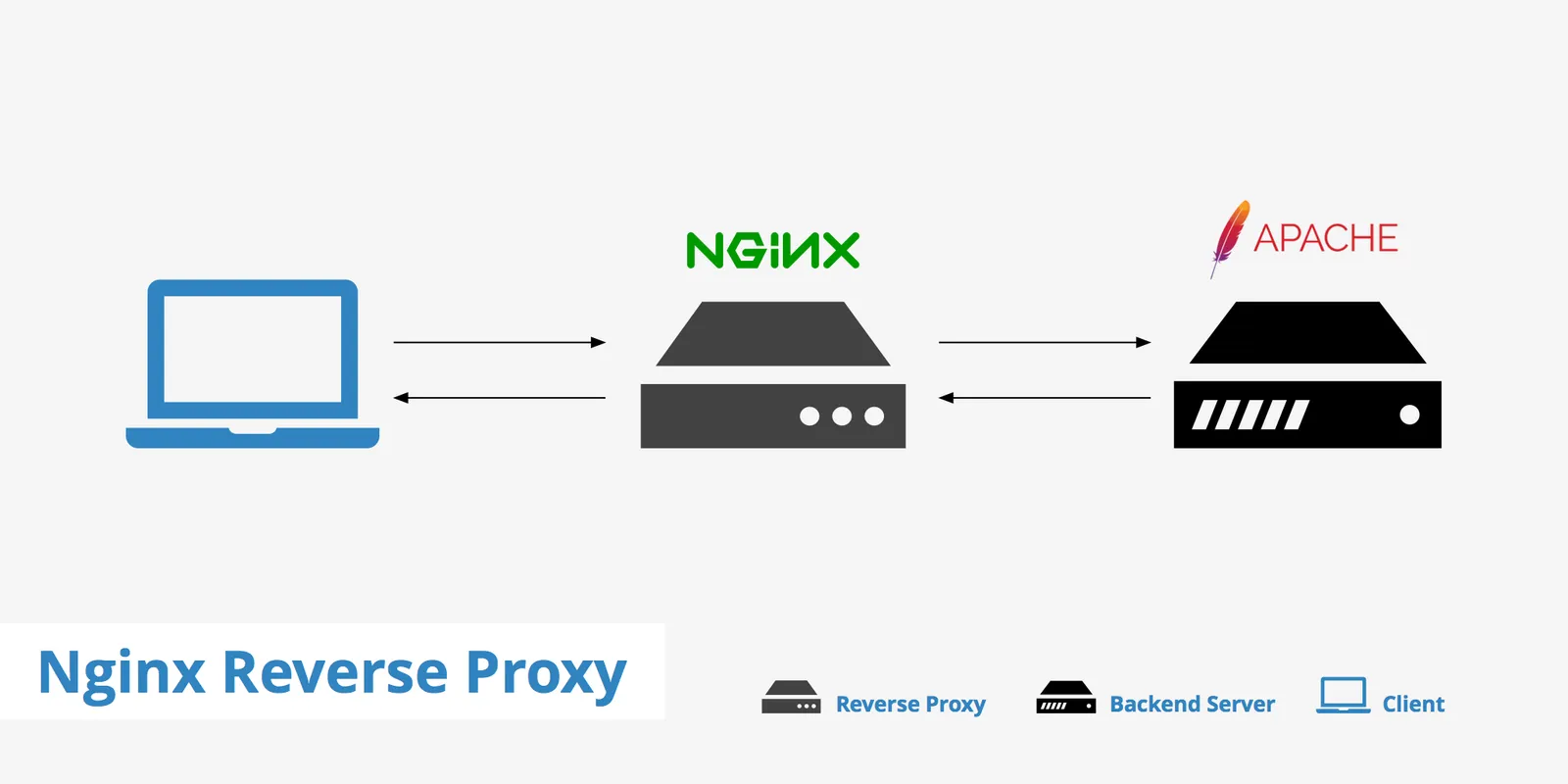NGINX is a modern technology that is used for mainly for load-balancing but more different purposes. Even though it looks like a very complex technology, if you get to know the basics, it is very simple to work with NGINX. In my experience I also thought NGINX is a handful, but after learning the basics and moving on it was very simple and easy. So, before digging into the configurations let me take give you an introduction to NGINX.
Introduction to NGINX
NGINX is a web server that can be used as a reverse proxy, a load-balancer, a mail proxy, or an HTTP cache. It can be deployed in your local machine or in any cloud. Nginx has grown in popularity since its release due to its light-weight resource utilization and its ability to scale easily on minimal hardware. NGINX has many products but in this article, I will be explaining using NGINX Open Source version.
Other than NGINX, there are many other load-balancers used in the industry such as.
- Traefik — a modern microservices-focused application load balancer and reverse proxy written in Golang.
- Seesaw — is another open-source load balancer written in Golang. It was originally created by Google SREs to provide a robust solution for load balancing internal Google infrastructure traffic.
- HAProxy — offers reverse proxying and load balancing of TCP and HTTP traffic.
- Neutrino — is a Scala-based software load balancer originally developed by eBay. Neutrino’s strength lies in the broad compatibility of its runtime environment, the JVM.
#load-balancer #devops #nginx-proxy #nginx
